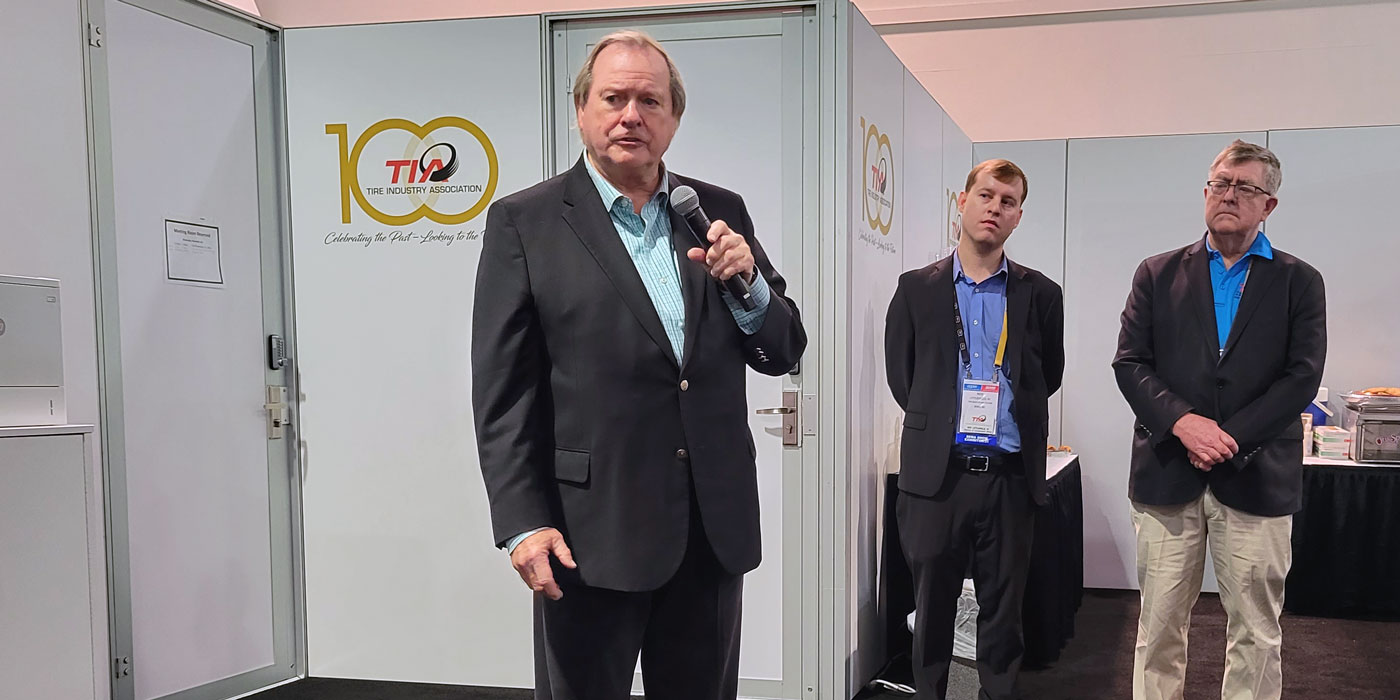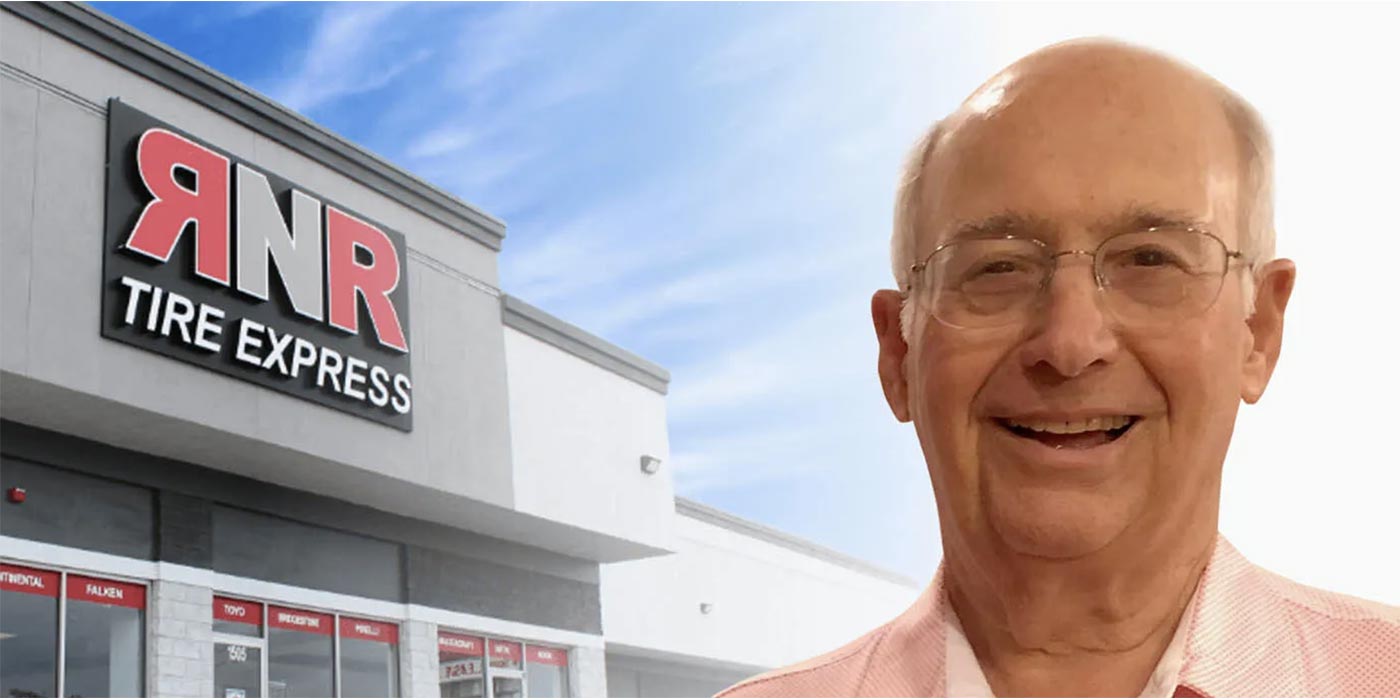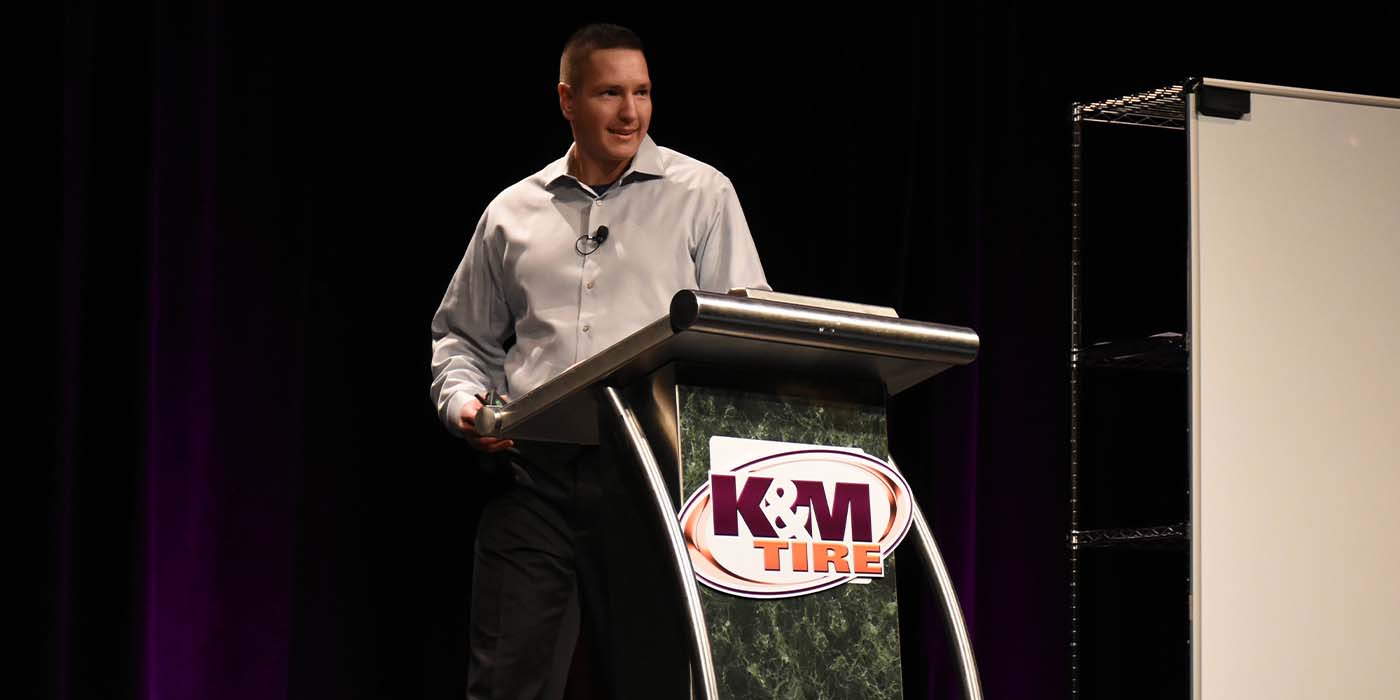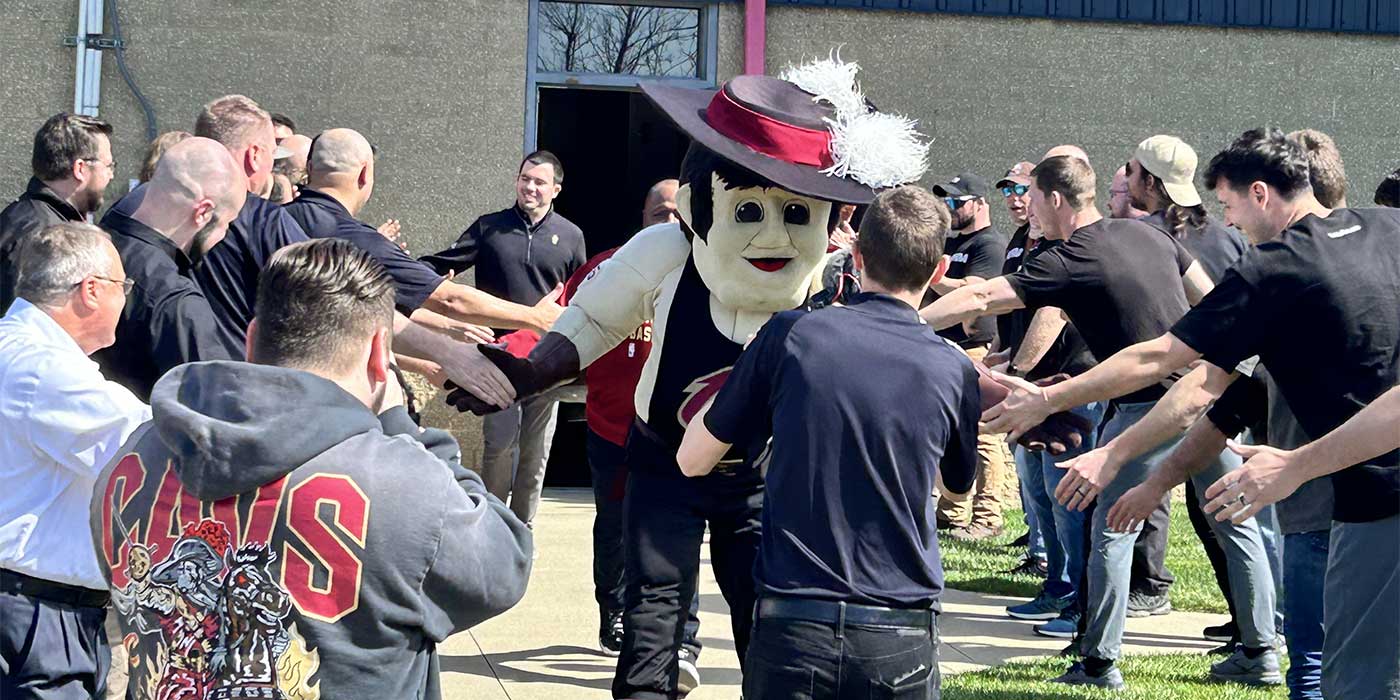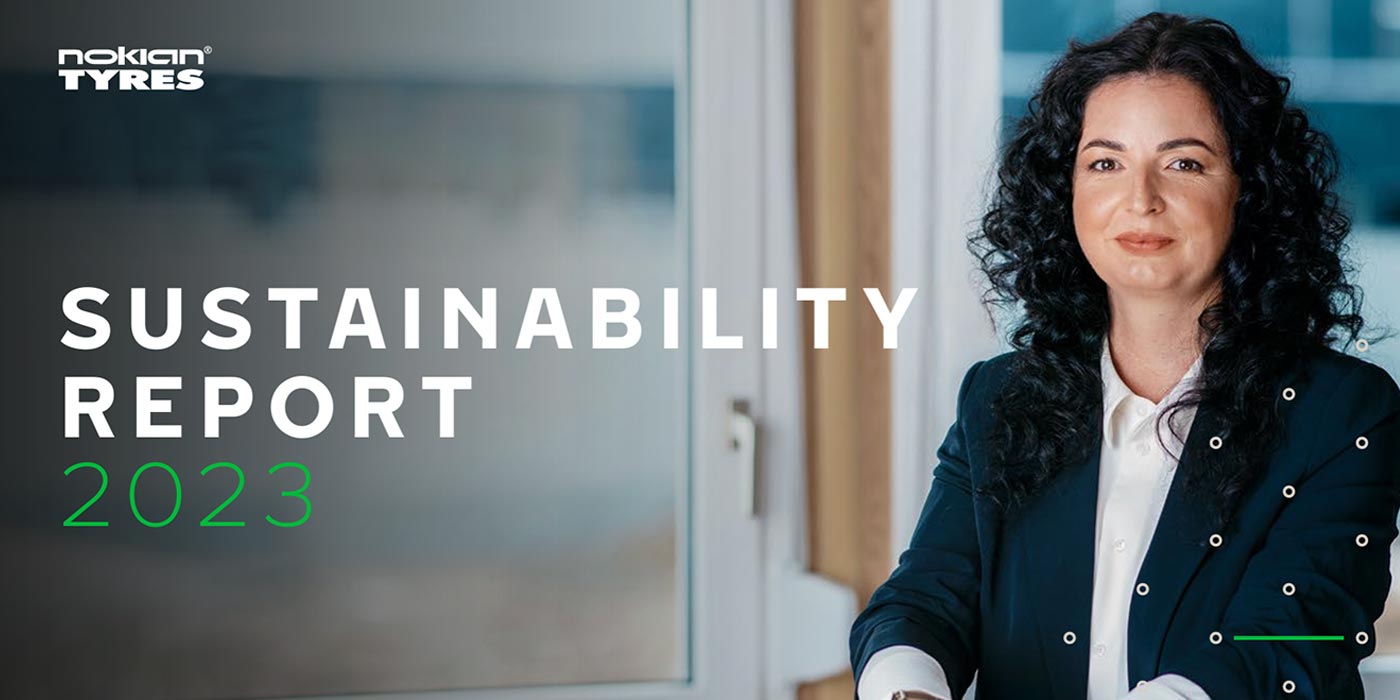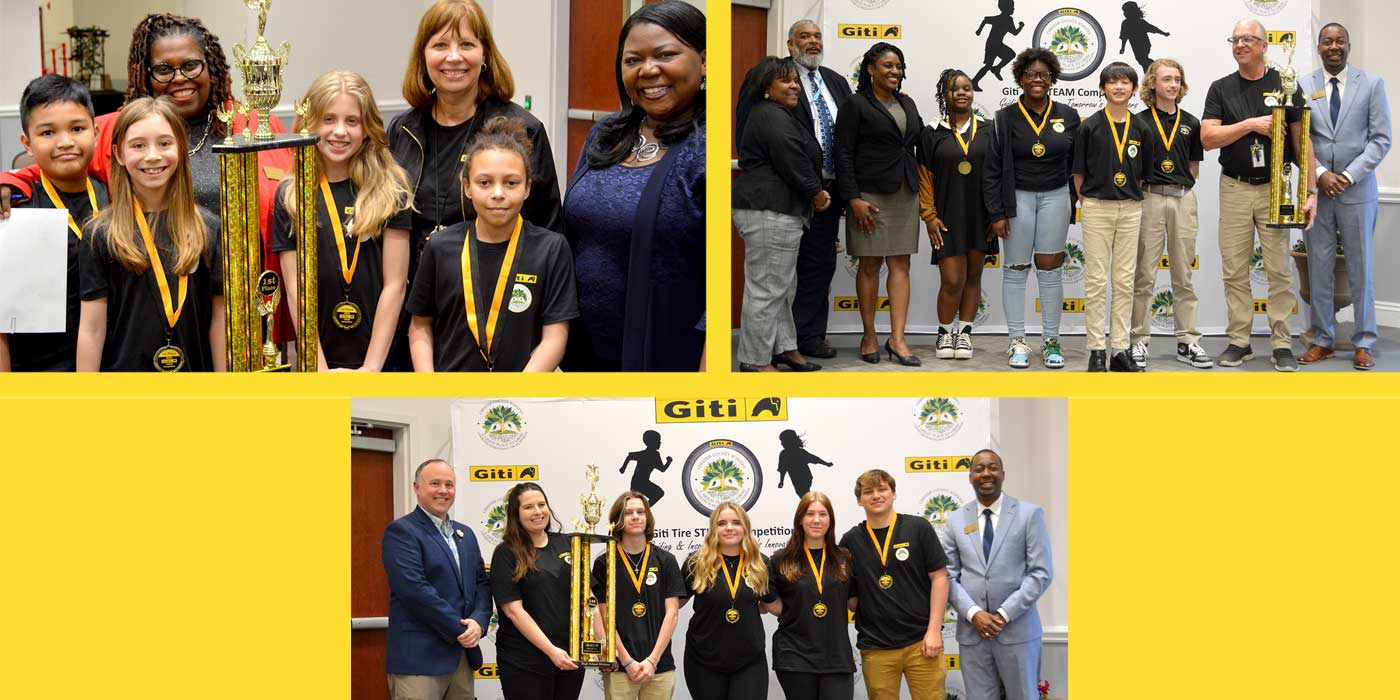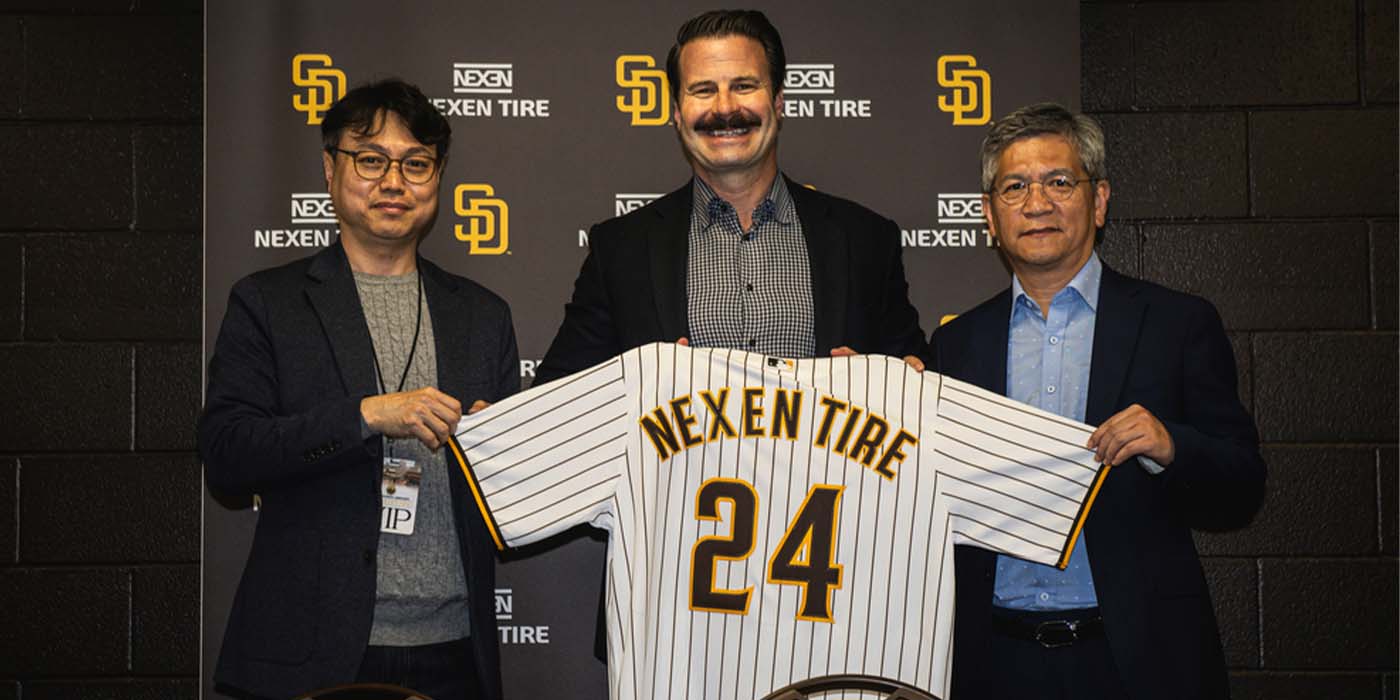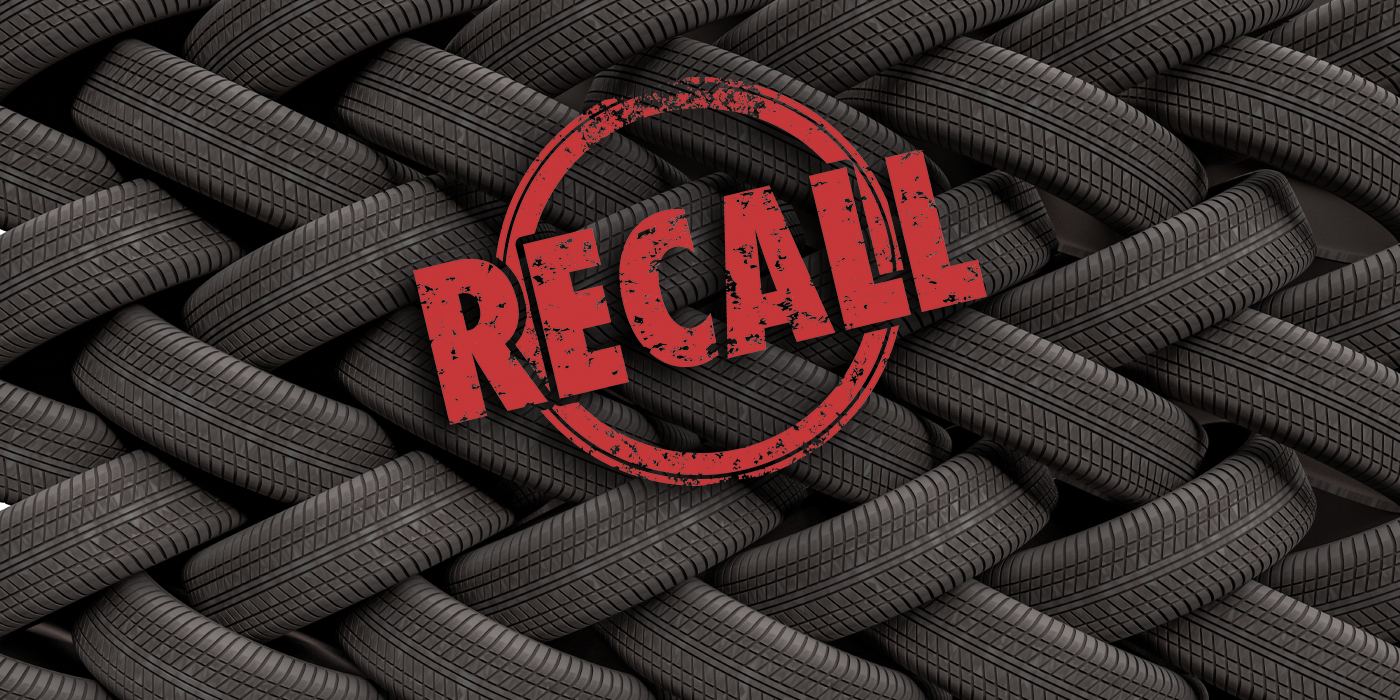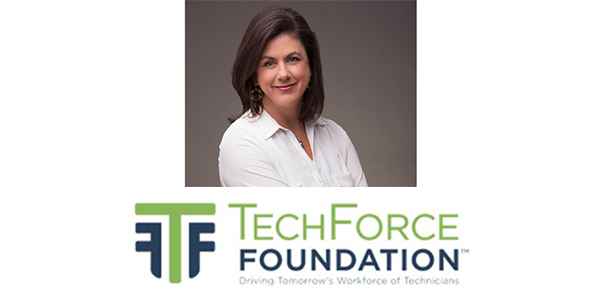
As the CEO and executive director of TechForce Foundation, Jennifer Maher has a bold vision.
“For decades, technicians have been unfairly identified as ‘grease monkeys.’ It’s a label that was never true but, today, is just ridiculous when you consider the complexity of vehicles. Frankly, we’re out to kill that negative image once and for all. And, in the process, we want to inspire and support those who are looking for a secure and rewarding career that fits their talent and interests,” Maher told Aftermarket News editor Amy Antenora.
Q: The TechForce Foundation may be a relatively new name to some but the organization actually has a fairly well-established footprint in the automotive education industry. Can you give us a brief history of the organization?
Maher: TechForce Foundation was originally formed in 2005 as the Universal Technical Institute (UTI) Drive Foundation with the mission to promote technical training and automotive driving safety. By 2007, it had evolved to providing support to financially disadvantaged students attending UTI campuses across the country with scholarships and grants to pursue their technical education. In 2016, the foundation changed its name to TechForce Foundation, expanding its mission to “champion students to and through their education and into careers as professional technicians” by not only providing scholarships and grants to students going to any technical education institution, but also supporting more career development opportunities for young people to explore the technician profession. The foundation has always been an independent 501(c)(3) nonprofit, separate from UTI, but UTI was the foundation’s largest inaugural donor, hence the original name. Today, TechForce enjoys the support of dozens of corporate and individual donors, including UTI, but also companies from all sectors, including aftermarket, diesel, collision repair, OEs, product manufacturers, retailers and supporters of transitioning veterans.
Q: This year at AAPEX, the foundation released a report titled, “Transportation Technician New Entrant Demand,” which found the estimated demand for “new entrant” vehicle technicians is significantly greater than previously reported. What’s the solution to ensuring this issue is resolved?
Maher: Service repair operators — both aftermarket and dealership — have complained about the lack of qualified technicians for at least two decades. Even so, no one has accurately quantified the problem. Anecdotal information is important but studying the problem and putting hard numbers to it shows that the problem is even worse than what everyone thought. For example, the report we published late last year indicated that for this year alone, the vehicle industry (auto, diesel and collision) needs more than 137,000 “new entrant” technicians. We believe that the only way to solve the technician shortage and create a sustainable pipeline for the future is with an integrated, industry-wide strategic plan. This is something that has never been attempted before. There has been a lot of wonderful work done, and great programs developed, but unfortunately, whether intentional or not, many of them have been in silos. As an industry, we have not done a very good job of truly working together to solve this problem. We believe that the FutureTech Success industry initiative launched last fall is that much-needed strategic industry plan.
Q: Tell us more about the FutureTech Success initiative.
Maher: As I mentioned, solving the technician shortage is all about having a well-thought-out strategic plan, and that plan is FutureTech Success. Its purpose is threefold: 1) To give middle- and high-school students, parents and influencers the tools and experiences to recognize and foster tactile intelligence, 2) to help reposition the image of the profession; and 3) to help the industry speak with a collective voice with regard to its workforce development needs.
So how will we do that?
First, we want to identify and provide naturally talented tactile learners with after-school programs, on- and off-line activities, mentors and experiences to engage them with the highly advanced world of vehicle technology so they, along with their parents and influencers, realize that there are great career opportunities that they may not have been aware of, or considered.
Second, is to change a public perception that has haunted this profession for decades: The “grease monkey” image. This image was never deserved, but today it is so far from reality that it’s crazy. The complexity of today’s vehicles rival some of the most sophisticated aircraft — and the technical and computer knowledge, as well as the tactile and STEM skills required to work on them, is truly amazing.
Third, is getting everyone in the industry on board to work together. We need to speak with a collective voice. Right now, we have well-intentioned messaging out in the public about technical careers, but it is sporadic and not well-aligned. Our messaging must be consistent. We also spend too much time and energy “reinventing the wheel.” We need to do a better job identifying best practices and programs that are already out there, and then sharing them across the industry
Our futuretechsuccess.org website serves to integrate all three of these areas. It is a hub where anyone interested can find information and resources on technician careers, whether they be students, parents and influencers, educators or industry professionals
Q: You’ve had a number of notable organizations sign on to support the foundation. Tell us about some of the most recent to sign on and what kind of involvement you are looking for?
Maher: Advance Auto Parts was the first sponsor to sign on, and we applaud them specifically for their vision and leadership, because getting the first partner is always the hardest and they stood tall with us. We’ve also gotten the commitment of Bridgestone, Nissan, UTI, Snap-on and Shell Lubricants. What’s beginning to turn the tide, however, is that we are also starting to secure peer companies, truly demonstrating that we all need to be at the table and leave our business cards and industry silos at the door. With AutoZone, Valvoline and General Motors commitments, we proved that there’s no exclusivity when it comes to solving the technician shortage; we’re in this together. And last, I’d mention the momentum building as the campaign not only attracts those from a workforce development/recruiting side of the house, but marketers, like Interstate Batteries, Manheim and WD-40, who recognize that their brands, storytelling and community relations needs to be authentic in standing with and for technicians, people who love working with their hands, and supporting technical education and careers. Put all that together, and you’ve got plenty of reasons to be excited about the momentum of FutureTech Success.
Q: TechForce recently held a 12-week program at the Arizona Science Center working with middle school students, where you are able to showcase the organization’s mission and philosophy of supporting and celebrating these burgeoning “hands-on heroes.” What kind of response are you getting at these events from kids, parents and teachers?
Maher: We have been very pleased with the response. For the majority of these students, this was the first time they have had the opportunity to do any real work with their hands and experience the feeling of creativity and accomplishment that comes with that. Due to our school systems moving away from vocational education and training, those opportunities are few and far between these days, which is exactly why we developed this program. Teachers have been very supportive in helping identify the right kids to attend the program, and I believe they see this program as something that is truly beneficial to them. On the last week of the program we held an open house where the students were able to “show-off” their projects and explain what they learned. It was rewarding to see the pride reflected in the parents’ faces that were in attendance.
Moreover, both students and parents were able to witness the support of the industry as several industry leaders attended and participated in this event. One of the attendees — Michael Romano, Universal Technical Institute’s Avondale Campus president, summed up the experience quite well when he said that even if these students don’t wind up in a profession using their hands, this kind of experience will help them be “better workers, better producers and have a more well-rounded education as a whole.”
Q: What else do you have planned for the program in 2018?
Maher: A key way to solve the qualified tech shortage problem is through grassroots efforts, which was exactly the focus of our Fall 2017 program with the Arizona Science Center. By targeting specific communities and young students — in this case, middle-school students — we can start to change how schools, students and parents approach career development. This month we will launch our second phase of the program, which will focus on high school students. We believe that a critical piece in getting young men and women interested in technical careers is sustaining their interest over time. It cannot be a “one and done.” So our efforts will be focused on creating a journey of various experiences and touch points that will take them from middle school through high school and post-secondary training into industry careers.
Our efforts in Arizona are really serving as our model and proof of concept to replicate in other cities around the country. An integral and absolutely critical piece in our strategic model is to bring in local industry and educators as part of the solution. To that end, we have created the Arizona FutureTech Workforce Development Council. The council consists of local school, school board and school district members, as well as local transportation industry companies. We plan for this Workforce Development Council to be the first of many states, as we expand around the country.
We are currently looking at a short list of cities for consideration as our next location for expansion. We expect a final decision within the next month or two, with implementation beginning later this year.
Q: How can [our] readers get involved with the foundation? What needs do you currently have in terms of financial and industry support?
Maher: Our financial strategy for the FutureTech Success initiative is based on the McDonald’s restaurant model. Sell a million hamburgers for a dollar each and suddenly you have a million dollars. This issue is much too big for any single entity to solve. But by harnessing the resources of the entire transportation industry and all its segments, we don’t need a huge amount of money from any one organization. We just need to get a large number of organizations involved. So, we are looking for financial support from across the board… from small Mom and Pop independent garages to national aftermarket retailers to OEMs. Each to their own ability to help.
In addition, on the nonprofit side, we have a strong base of support from across the industry with key associations. They bring a wealth of knowledge, experience and passion around the technician shortage issue, as well as important in-kind donations to help further the cause. Any individual or organization that is interested in getting involved can visit our website at techforcefoundation.org/support. There we highlight opportunities to help financially, with training aids, and with volunteer time
About Maher
Prior to joining TechForce, Maher had extensive non-profit experience outside of the automotive industry. She has served on the senior leadership team for Make-A-Wish America as its vice president of marketing and corporate relations; national director of corporate relations for YMCA of the USA; associate director for The Nature Conservancy; sales manager for Marriott Corp.; and president of a cause-marketing consulting firm, The Cause Academy.
Currently, Maher is a member of Women in Auto Care and has formed strategic partnerships between TechForce Foundation and numerous industry associations, including ASE, NATEF, ATMC, AMRA, AYES, Auto Care Association, Collision Repair Education Foundation and SkillsUSA.
A graduate of Arizona State University with a bachelor’s degree in political science/international Asian studies and a minor in Chinese, she studied two summers in mainland China, and wrote her thesis on the 1989 Pro-Democracy Movement in mainland China (Tiananmen Square) entitled “The Revolution by Fax Machine.”
This article originally appeared as an executive interview in Aftermarket News, a Tire Review sister publication part of Babcox Media.

